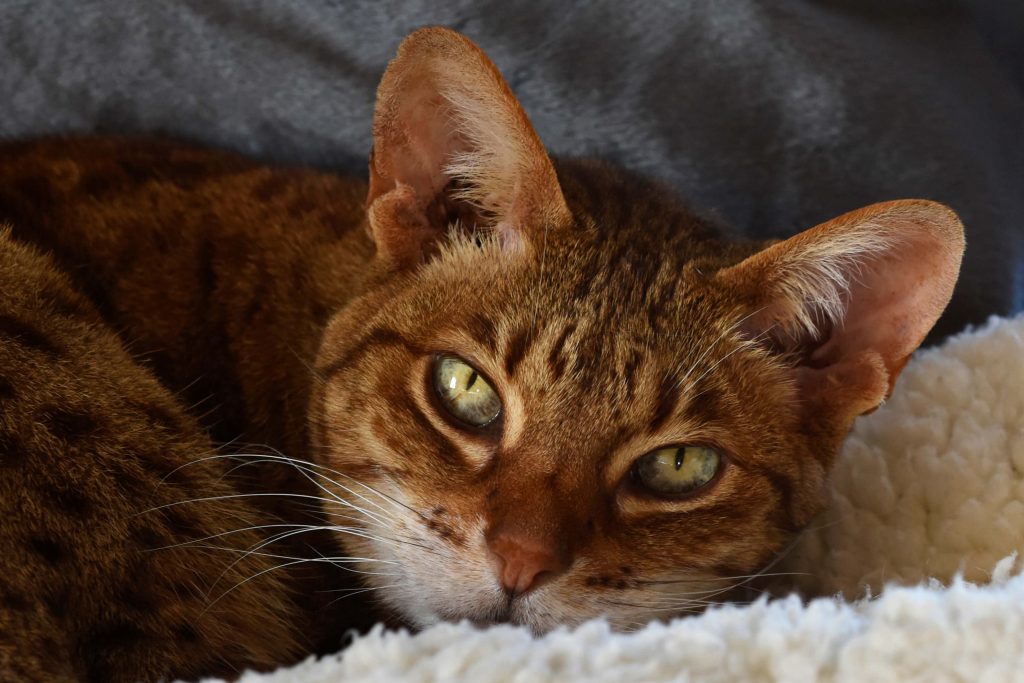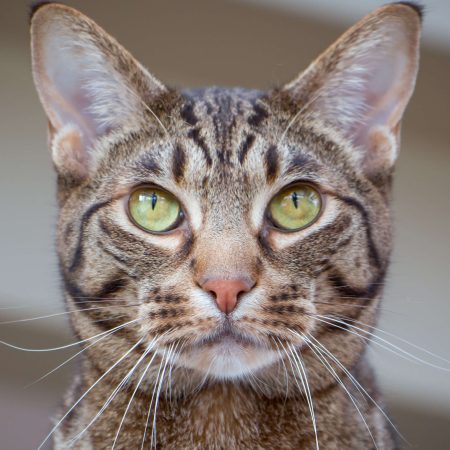The history of the Ocicat
The history of the Ocicat began in Michigan in 1964, when an ambitious American breeder mated an Abyssinian with Siamese cat and achieved something quite sensational, namely a domestic cat that looked a lot like an Ocelot. The “wild” look of this gentle and good-natured cat includes its characteristic facial features and spotted coat. Next to the Egyptian Mau and the Bengal cat, the Ocicat is the third cat breed that’s perfectly happy to share a home with modern Mowglis.
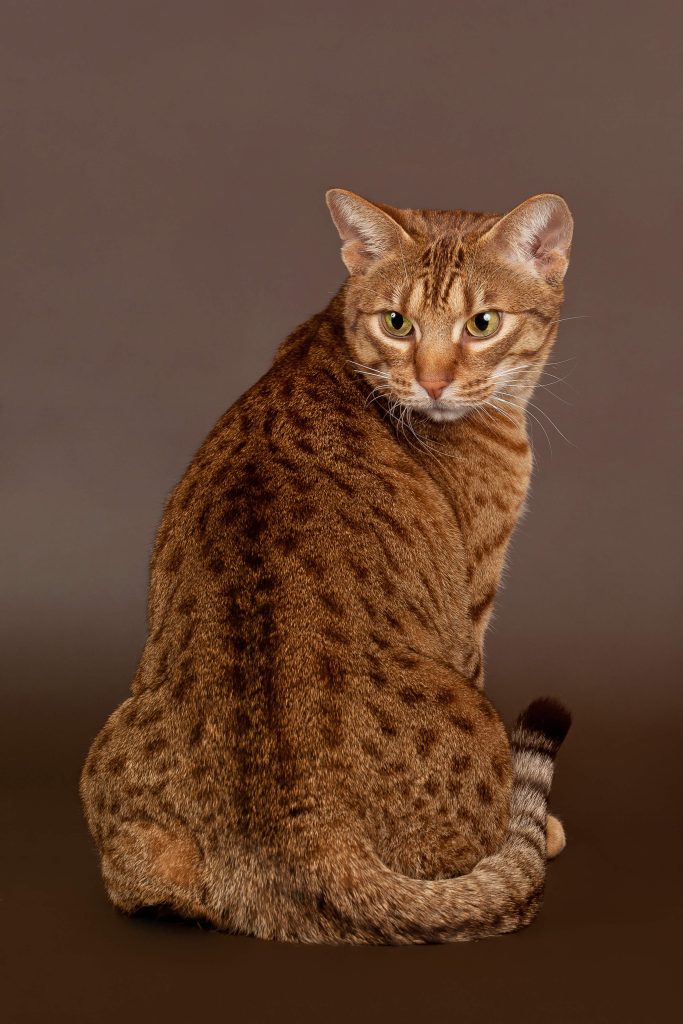
Appearance of the Ocicat
What do Ocicats look like? As their name suggests, pedigree cats of this breed look like mini ocelots. They have large and muscular bodies that are nevertheless very graceful. This spotted beauty will make its way effortlessly through human flats and urban jungles on agile legs and elliptical paws. The Ocicat’s tail is quite long; the tip is darker in colour and tapers towards the end.
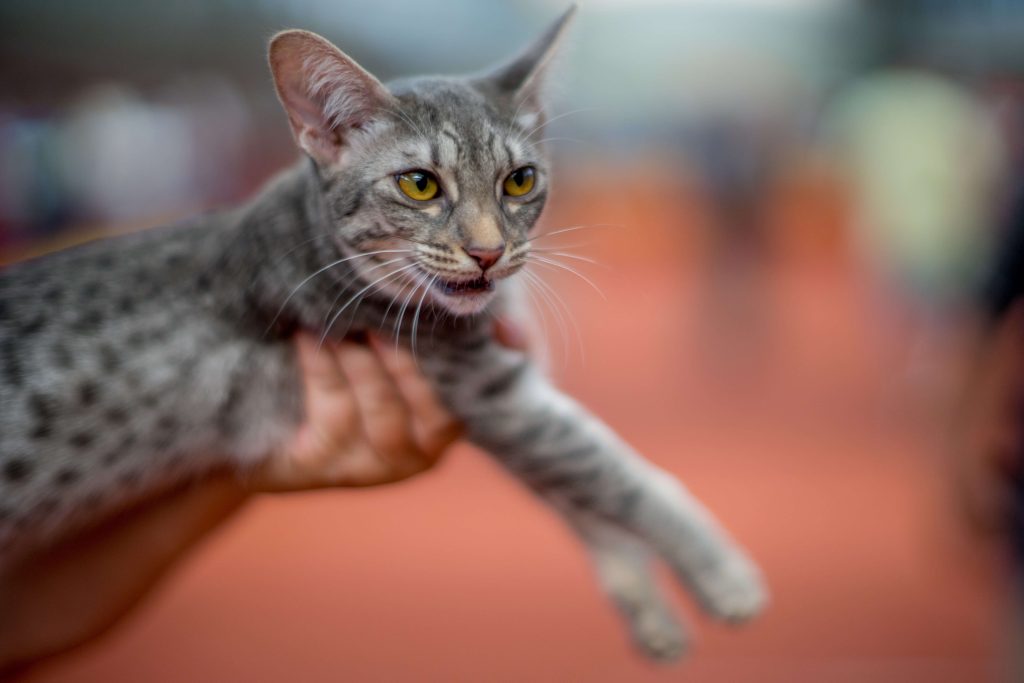
Size of the Ocicat
How big are Ocicats and what size are adult cats of this breed? An Ocicat is a large and stately cat. It has a strong build, but is not stocky. Adult males of the breed can reach a shoulder height of up to 45 cm. This makes the Ocicat a medium to large cat. Females of the breed are not quite as large as their male counterparts and somewhat more delicate in shape.
Weight of the Ocicat
Ocicat females are not as compactly built as the males of this breed, but the females can still weigh an impressive 5.0 kg! Ocicat males are more powerfully built than their female counterparts, so they’re usually somewhat heavier; when they step on the scale, the pointer can show up to 6.0 kg!
Coat of the Ocicat
These felines are called Ocicats for a reason: the name, of course, derives from “ocelot”, a medium-sized wild cat of which the Ocicat is the spitting image! A member of the leopardus genus native to Central and South America, the ocelot is famous for its spotted coat. The Ocicat also has a striking coat, but it’s definitely a smaller and cuddlier version of the large predator.
Ocicat coat colour
The Ocicat’s coat can have many different colours, including black, blue, chocolate, lavender and fawn brown. The Ocicat’s typical speckled pattern may sometimes also have a silver hue in the undercoat. The speckles, however, should always be rich in contrast and clearly separated from one another; overlaps are considered undesirable.
Ocicat coat length
How long is the fur of an Ocicat? Cats of this breed belong to the short-haired variety of felines. Their silky shiny coat is short, quite smooth and lies close to the body. Thanks to its velvety texture, the Ocicat’s coat feels wonderfully soft. One grooming session per week is generally sufficient, except during shedding season.
Ocicat coat markings
The spotted marking of the Ocicat’s coat are one of its most striking characteristics. The coat of this mini-ocelot is rich in contrast and somewhat lighter in the face. Especially in the chin area and around the eyes, the Ocicat’s single hairs are lighter, whereas within the spots, they’re darker. Every single hair is banded. Only the hairs of the tip of the tail are not.
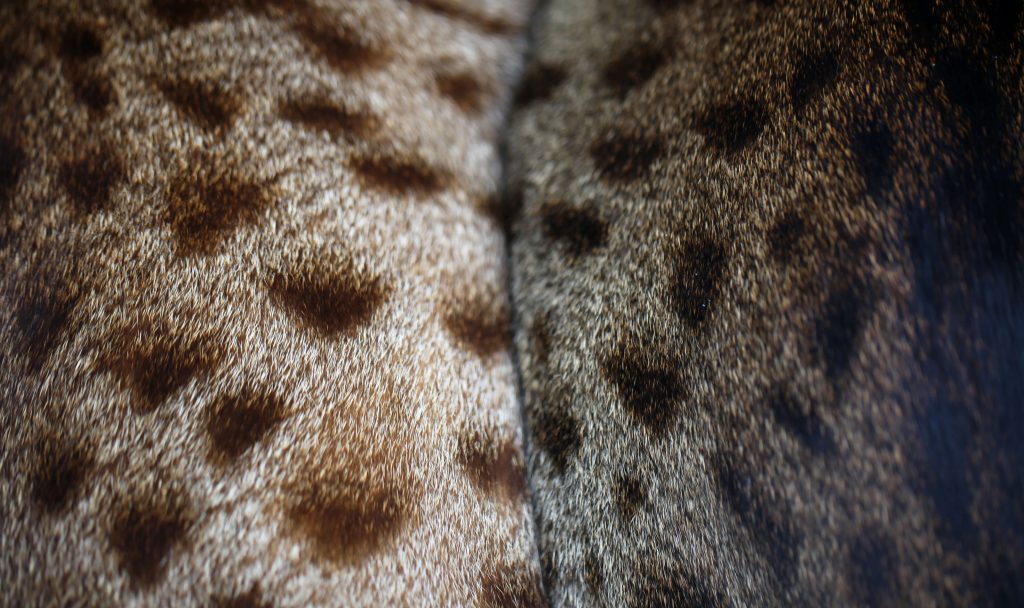
Eyes of the Ocicat
The almond-shaped eyes of the Ocicat accentuate its oriental flair. They are large, slightly oblique and set rather wide apart on the head. All eye colours except blue are permitted in the Ocicat. According to the breed standard, blue is not acceptable as an eye colour, whereas a shining pair of amber eyes is very welcome.
Special features of the Ocicat
What’s special about Ocicats? First of all, they’re very rare in Europe and especially in Germany. This is a pity, because these cats are not only beautiful to look at, they also have highly appealing personalities that never fail to enchant their many admirers. Ocicats are very open and highly intelligent! At the same time, they make ideal companions; they’re amiable, sociable and compatible with all kinds of two- and four-legged friends.
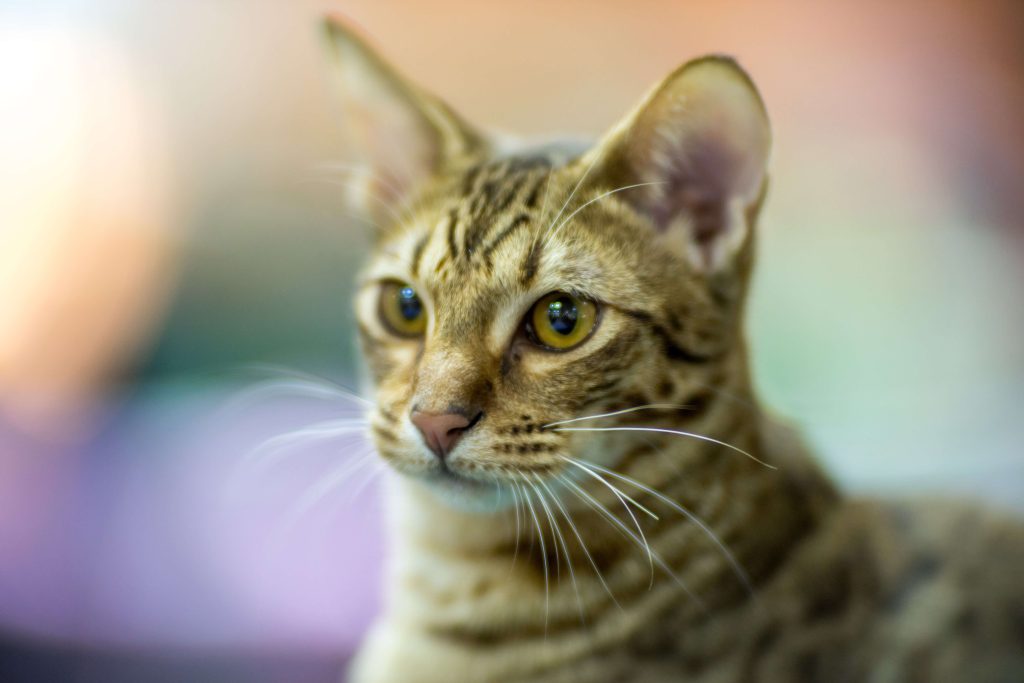
Attributes of the Ocicat
The Ocicat is an exotic-looking feline that’s nevertheless perfect as a house cat. Still, some of its most prominent attributes remind us of its wild ancestry: for example, Ocicats will always want to have the freedom to go out into nature whenever they please. For this breed of cat, the freedom to roam outside is an essential part of life. They will always need some kind of outdoor territory to explore and watch over.
Character of the Ocicat
The Ocicat is a loyal and affectionate companion, right? Well, yes and no! Ocicats need company and lots of activity, and they won’t stay home alone without complaining about it very vocally. Still, if you accustom your Ocicat to other animals starting at an early age and the chemistry is right, Ocicats can get along very well not only with other cats, but also with dogs.
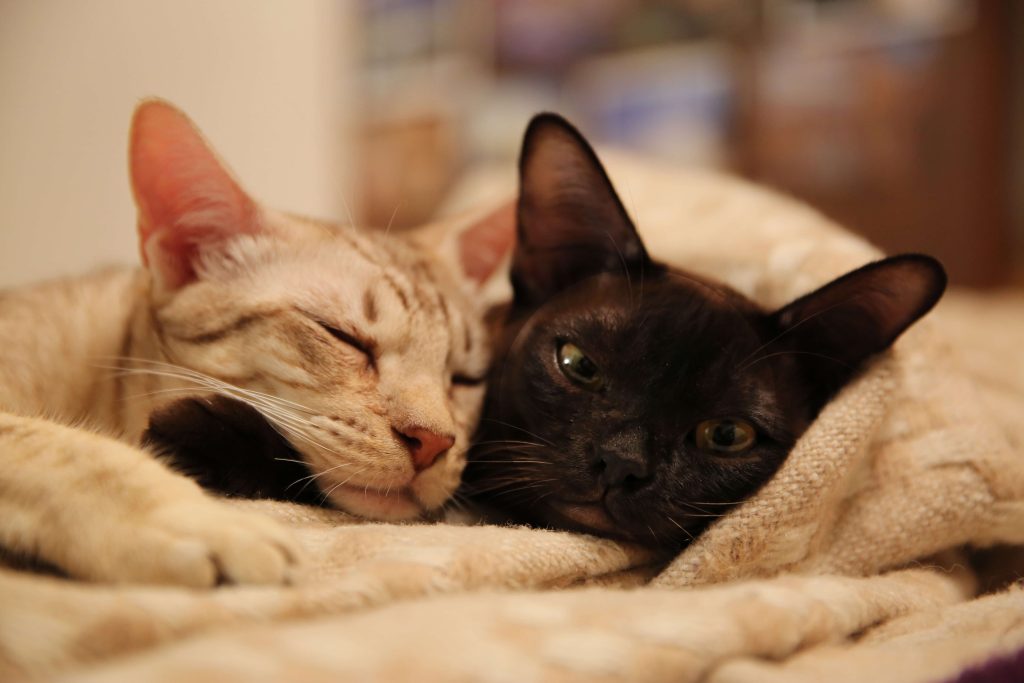
Price of the Ocicat
What does an Ocicat cost? Depending on the cat’s breeder, pedigree and age, the average price for an Ocicat is between €700 and €1,400. It’s a good idea to avoid buying a low-priced kitten, because there are still some “black sheep” out there among cat sellers. When buying a pure-bred cat, it’s best to ask for proof of pedigree. You should always also make sure that the owner’s register is updated after the purchase.
The breeding of Ocicats
It took 20 years before the Ocicat received its official recognition. The breed was accepted for registration status by the ACFA and TICA associations in 1987. It was registered in Europe a couple of years later in 1992. German and British breeders are responsible for the emergence of a beautiful new colour variation, namely red! Over the years, they expanded the breeding of Ocicats to include this wonderful reddish-brown shade, which perfectly suits these pedigree cats.
Things to know about keeping and caring for Ocicats
Ocicat cats feel comfortable in cat-friendly households with other two and four-legged companions. However, they also love stalking through forrests and thickets outdoors. The coat of this breed requires relatively little care: to get that wild look, simply brush their coat thoroughly once a week. After that, comb their fur and wipe it with a slightly damp cloth for a shiny finish.
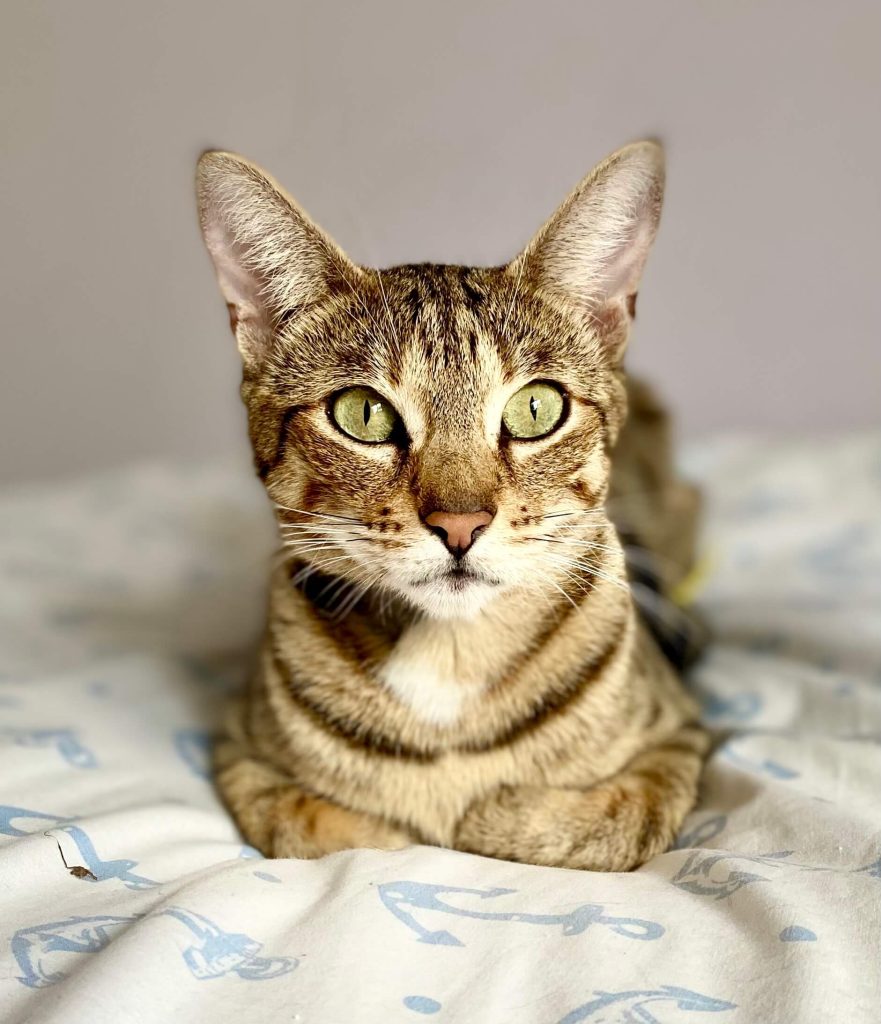
Ocicat kittens
Ocicat kittens should not be separated from their family too early. Instead, they should be left in the care of their mums and siblings for as long as possible. The approach in this case should always be “the longer, the better!” The kittens need this time to become physically fit and get properly socialised, but also to achieve a healthy psychological balance. It’s best not to bring Ocicat kittens home until they’re 12 weeks old.
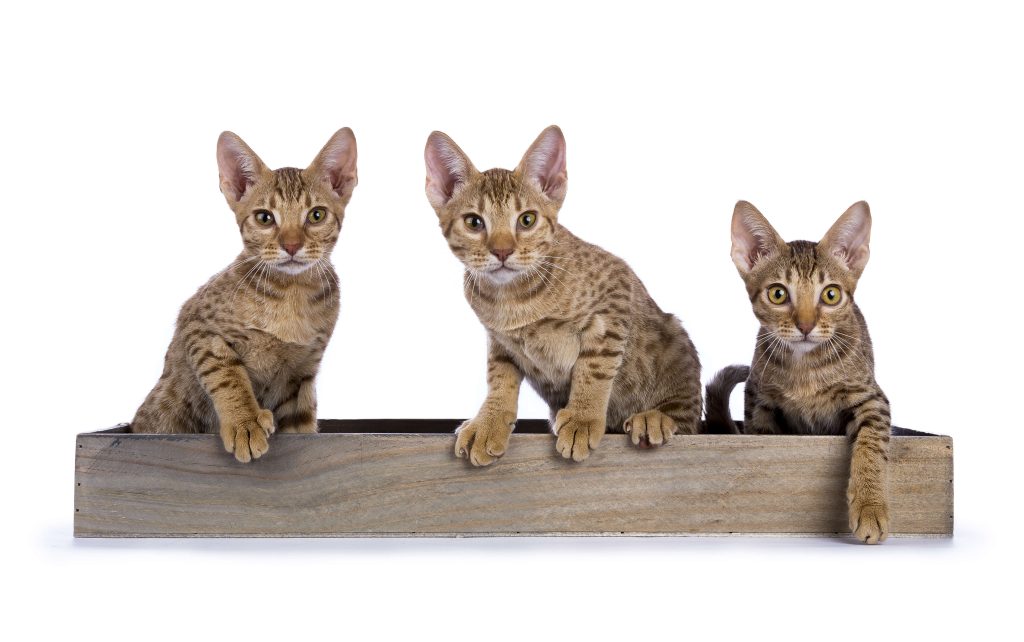
Typical diseases of Ocicats
Do Ocicats have any typical diseases? As the Ocicat cat is genetically one of the more robust cat breeds, only a few typical diseases are known so far. There are two common cat illnesses that can affect the heart and eyesight of Ocicats at an advanced age: Hypertrophic Cardiomyopathy (HCM) and Progressive Retinal Atrophy (PRA).
Life expectancy of Ocicats
How old do Ocicats get? Ocicats have a life expectancy of up to 15 years on average. However, it’s impossible to draw any general conclusions about how long a cat of this breed will live. Every cat gets older in different ways, and there are many different factors involved. But one thing is for sure: Ocicats that are in good physical and psychological condition will be great cat companions for a long time!
